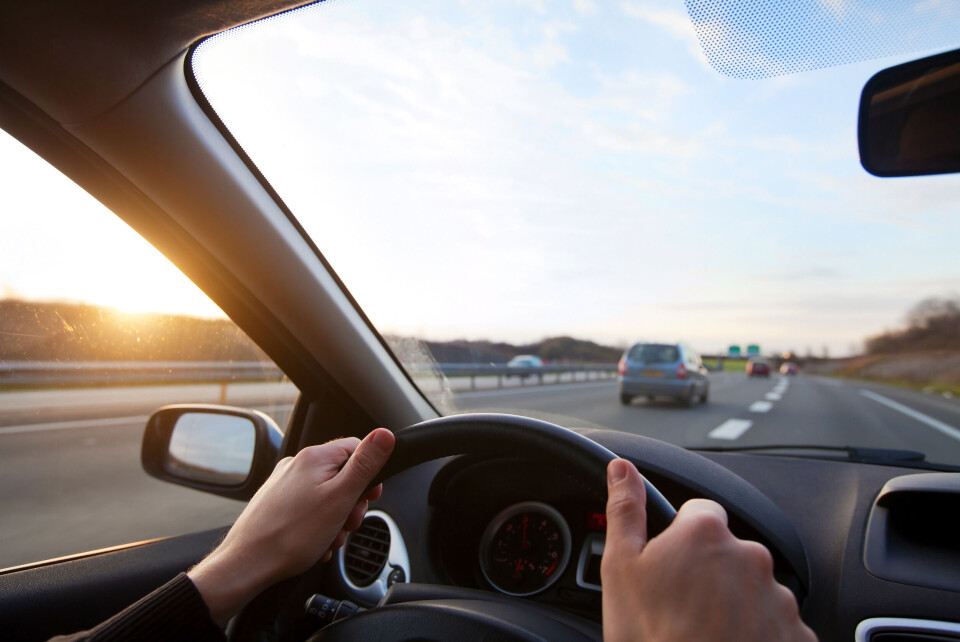-
Britons are the largest foreign community of second-home owners in Nouvelle Aquitaine
See which other departments in the region are popular with British nationals
-
Travellers risk extra costs under new Eurotunnel ticket rule
Some fare options are less flexible and less forgiving of lateness
-
May will be difficult month for train travel in France, warns minister
Two major train unions are threatening to strike and are ‘not willing to negotiate’, he says
More hidden speed limit cars arrive on French roads: How do they work?
The vehicles – which have just started work in the Dordogne – detect speeding drivers while on the roads themselves and are designed to blend in with normal traffic

Hidden speed limit cars, which can check vehicles’ speed on roads without being easily detected, have begun operating in the Dordogne in south-west France. We explain how they work.
Speed-checking cars have been in operation in many departments in France since February 2021. Since April 1 this year, Dordogne (Nouvelle-Aquitaine) has joined them, with four such cars now in operation in the department.
Read more: Private speed camera cars to be expanded across France
They were formerly known as “équipement de terrain mobile (ETM, mobile field equipment" or "new generation mobile radar” cars).
The cars are run by private companies and can be driven by uniformed police officers or private company staff trained by the state. Their pay is not linked to their performance and they do not receive more money if they catch more speeding drivers.
Last year, La Sécurité routière said that authorities are increasingly choosing to outsource speed camera monitoring to private companies so as to “free up and better use the skills and qualifications of law enforcement” in other areas, such as testing drivers suspected of driving under the influence of drink or drugs.
The new cars are considered difficult to detect because their equipment is carried in unmarked vehicles, and the system uses infrared flashes that are not visible to drivers.
How do they work?
- Check drivers’ speeds on the road they are monitoring
- Driver must follow a pre-set GPS route determined by the Interior Ministry and local prefecture
- Route determined depending on the local accident rate and where speeding is most common
- Car automatically adapts to the speed limit on the road being monitored
- Checks can be carried out on any road, and at any time of the day or night
Are there any signs to recognise one of these cars?
The cars can be difficult to pick up because they are unmarked and use invisible infrared detectors. However, you may be able to see:
- A black square and two small cameras in the back, like an “eye”
- At night, a series of small, red LEDs (these are part of the infrared system)
- A large black box on the dashboard, which contains a camera and tablet for the driver
Read more: Are there any clues to identify private speed camera cars in France?
Read more: How to spot unmarked speed control cars on French roads
What are the main models for these cars?
The cars are chosen across a range of models, with normal number plates so they blend in more easily. Certain websites have begun to share the cars’ number plates to enable drivers to pick them out.
The most common models for the cars are:
- Citroën Berlingo
- Dacia Sandero
- Ford Focus
- Peugeot 208, 308, 508, and Partner
- Renault Mégane
- Seat Leon
- Skoda Octavia
- Volkswagen Passat and Golf.
What is the margin on their speed checks?
The speed cars target drivers who are speeding considerably, rather than people who are just slightly over the limit. Their margin of error is:
- 10km/h for speeds under 100km/h
- 10% for speeds over 100km/h
This compares to 5km/h and 5% for other speed limit cameras.
This means that vehicles travelling at speeds of 146km/h on motorways, 124km/h on expressways, or 61km/h in urban areas will be flashed.
Related articles
Speed radars should check cars are safe and insured, says French MP
French driver got 33 fines due to average speed camera – What is this?
France tests speed cameras that also check phone and seatbelt use
























